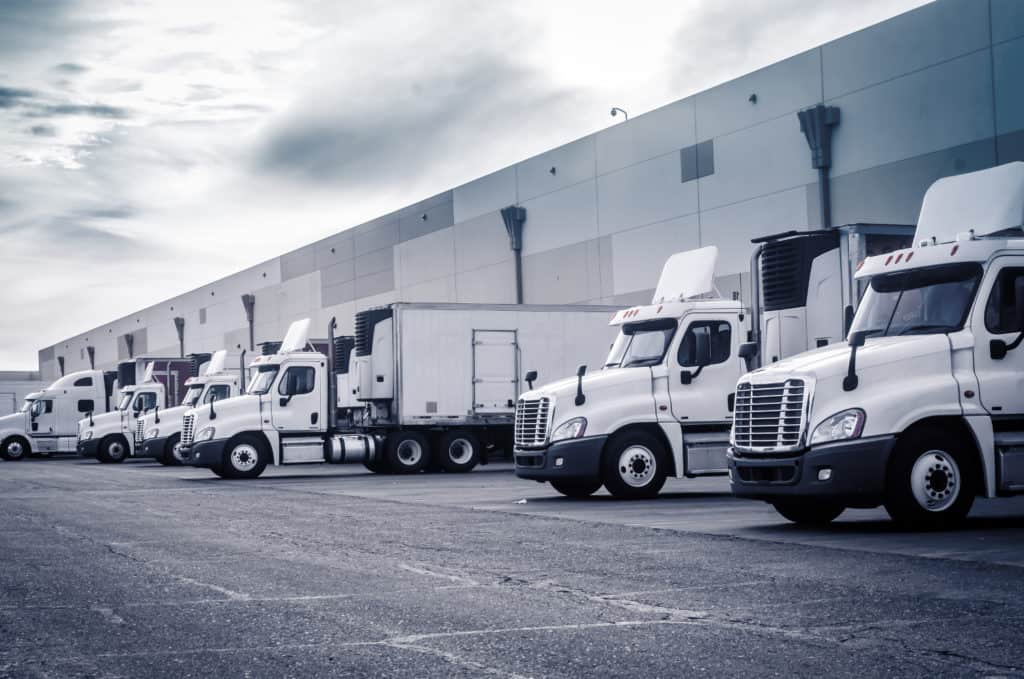Transportation costs are up approximately 20% since 2019, so it’s only natural to ask when these costs will start to drive inflation.
The short answer is “no time soon.” The reality is that for most products, transportation remains a relatively small cost of the entire item. Outside of raw materials, most consumer goods have so much cost coming from marketing and retail markups that the impact of higher transportation costs to the consumer will be quite small.
Domestic logistics represented about 8% of GDP in 2019. This is down from 11% in 1980. This includes all logistics costs, including trucking, shipping, rail, ocean, warehousing and distribution.

Over the past 40 years logistics costs have come down compared to the growth of the economy, while supply chains have become far more efficient. Remember the days of having to wait six to eight weeks for products to arrive? Now the same products can be delivered in a few hours or at most two days.
Even if we saw total transportation costs double, consumers would see less of this at retail. Why? Again, it is because most branded retail items have so much marketing and retailer markup that there is room for these costs to be absorbed.
Think of how many bottles of water can fit on a trailer that can hold 45,000 pounds of freight or how many Nike shoes can fit in a 53-foot trailer. In the end, with these consumer items, when shipped on a truck or in a container, the transportation cost is distributed throughout the entire shipment.
More concerning on the inflation front is not having goods in the store. Scarcity drives higher prices, as we saw last year when toilet paper or masks were hot commodities. The biggest issue driving inflation is the lack of supply, and not the transportation costs of moving products from manufacturers to consumers.
So if you are worried about inflation, ignore the freight rates and focus on the shelves. If you start to find products in short supply, then you can bet the market will respond with much higher prices.
